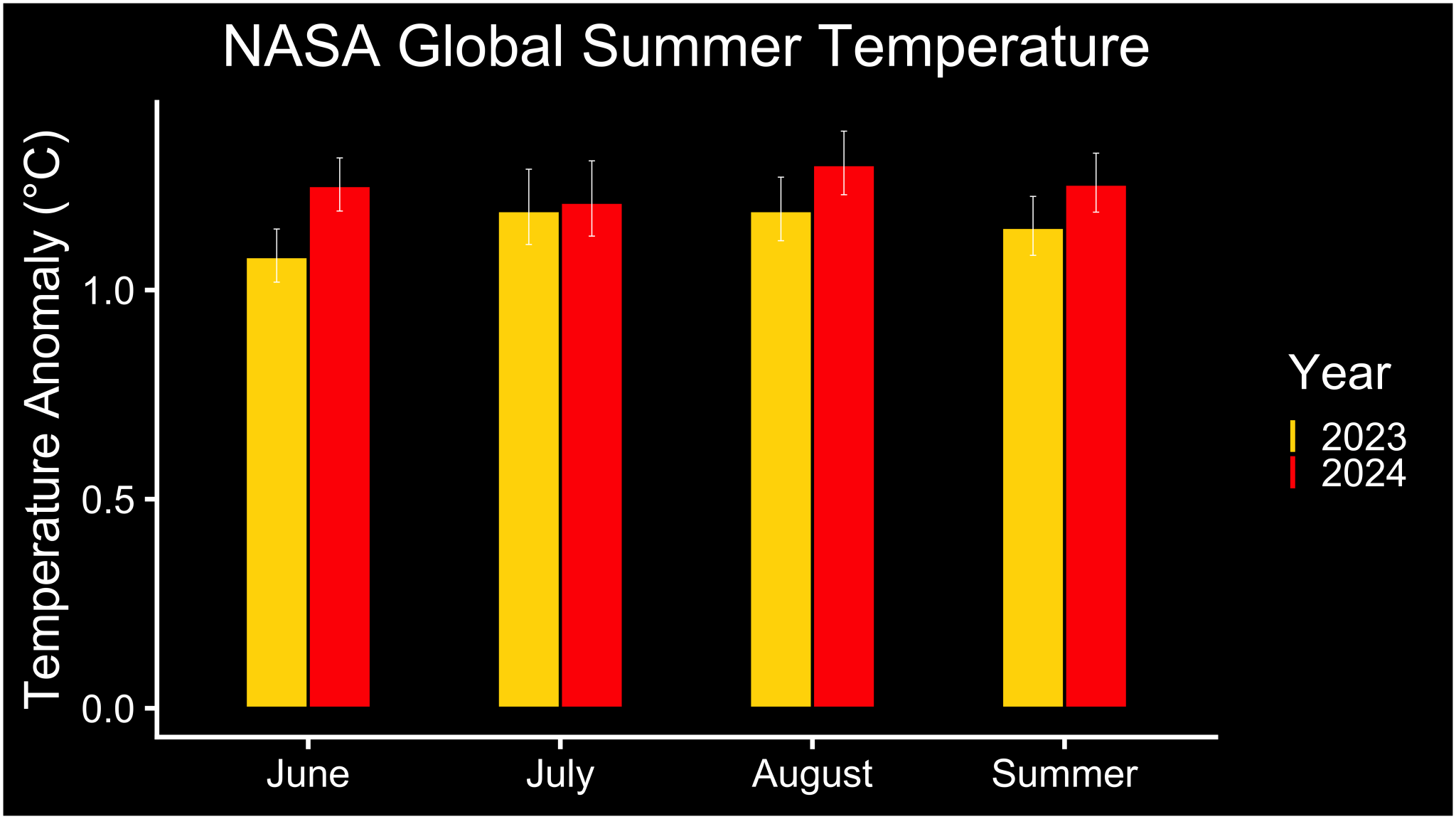2024-09-11 オークリッジ国立研究所
<関連情報>
- https://www.ornl.gov/news/laser-focused-rainforest-carbon-loss
- https://www.pnas.org/doi/10.1073/pnas.2310157121
森林破壊のアマゾン弧における人為的および自然攪乱に起因する大規模な正味炭素損失 A large net carbon loss attributed to anthropogenic and natural disturbances in the Amazon Arc of Deforestation
Ovidiu Csillik, Michael Keller, Marcos Longo, +8, and Sassan Saatchi
Proceedings of the National Academy of Sciences Published:August 5, 2024
DOI:https://doi.org/10.1073/pnas.2310157121

Significance
This study presents a detailed partitioning of aboveground carbon losses and gains in the Amazon forest, illuminating the critical role of forest degradation in the regional carbon balance. Using high-resolution airborne laser scanning, we quantified the impacts of human activities and natural disturbances on carbon loss. Forest degradation through logging and fires directly impacted 3.5% of the surveyed area surpassing the area of forest cleared (0.7%). Our findings indicate that the Brazilian Arc of Deforestation experienced a net annual carbon loss of −90.5 ± 16.6 Tg C y−1 between 2016 and 2018 further highlighting the importance of forest degradation for the carbon budget of this critical region in the Earth system.
Abstract
The Amazon forest contains globally important carbon stocks, but in recent years, atmospheric measurements suggest that it has been releasing more carbon than it has absorbed because of deforestation and forest degradation. Accurately attributing the sources of carbon loss to forest degradation and natural disturbances remains a challenge because of the difficulty of classifying disturbances and simultaneously estimating carbon changes. We used a unique, randomized, repeated, very high-resolution airborne laser scanning survey to provide a direct, detailed, and high-resolution partitioning of aboveground carbon gains and losses in the Brazilian Arc of Deforestation. Our analysis revealed that disturbances directly attributed to human activity impacted 4.2% of the survey area while windthrows and other disturbances affected 2.7% and 14.7%, respectively. Extrapolating the lidar-based statistics to the study area (544,300 km2), we found that 24.1, 24.2, and 14.5 Tg C y−1 were lost through clearing, fires, and logging, respectively. The losses due to large windthrows (21.5 Tg C y−1) and other disturbances (50.3 Tg C y−1) were partially counterbalanced by forest growth (44.1 Tg C y−1). Our high-resolution estimates demonstrated a greater loss of carbon through forest degradation than through deforestation and a net loss of carbon of 90.5 ± 16.6 Tg C y−1 for the study region attributable to both anthropogenic and natural processes. This study highlights the role of forest degradation in the carbon balance for this critical region in the Earth system.



